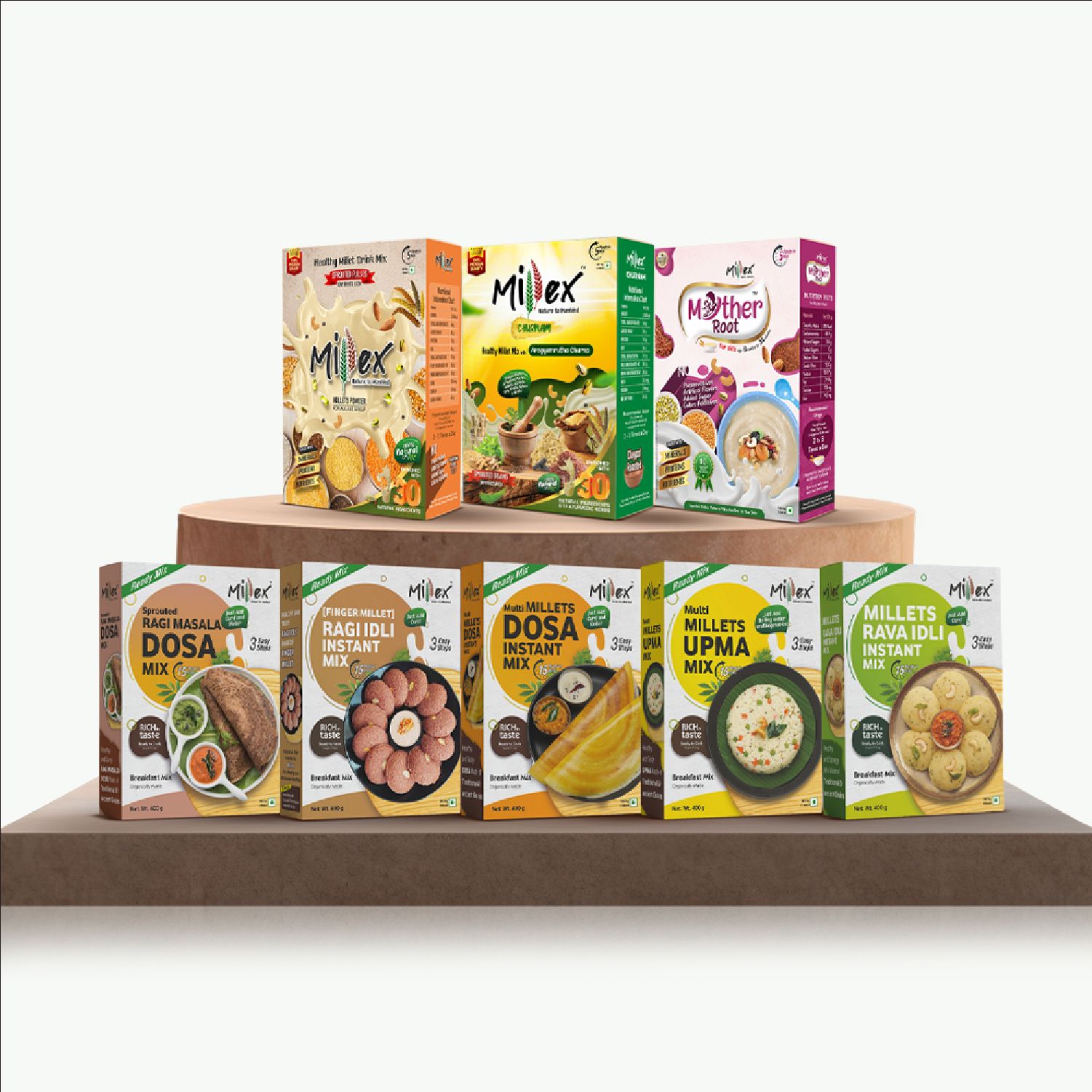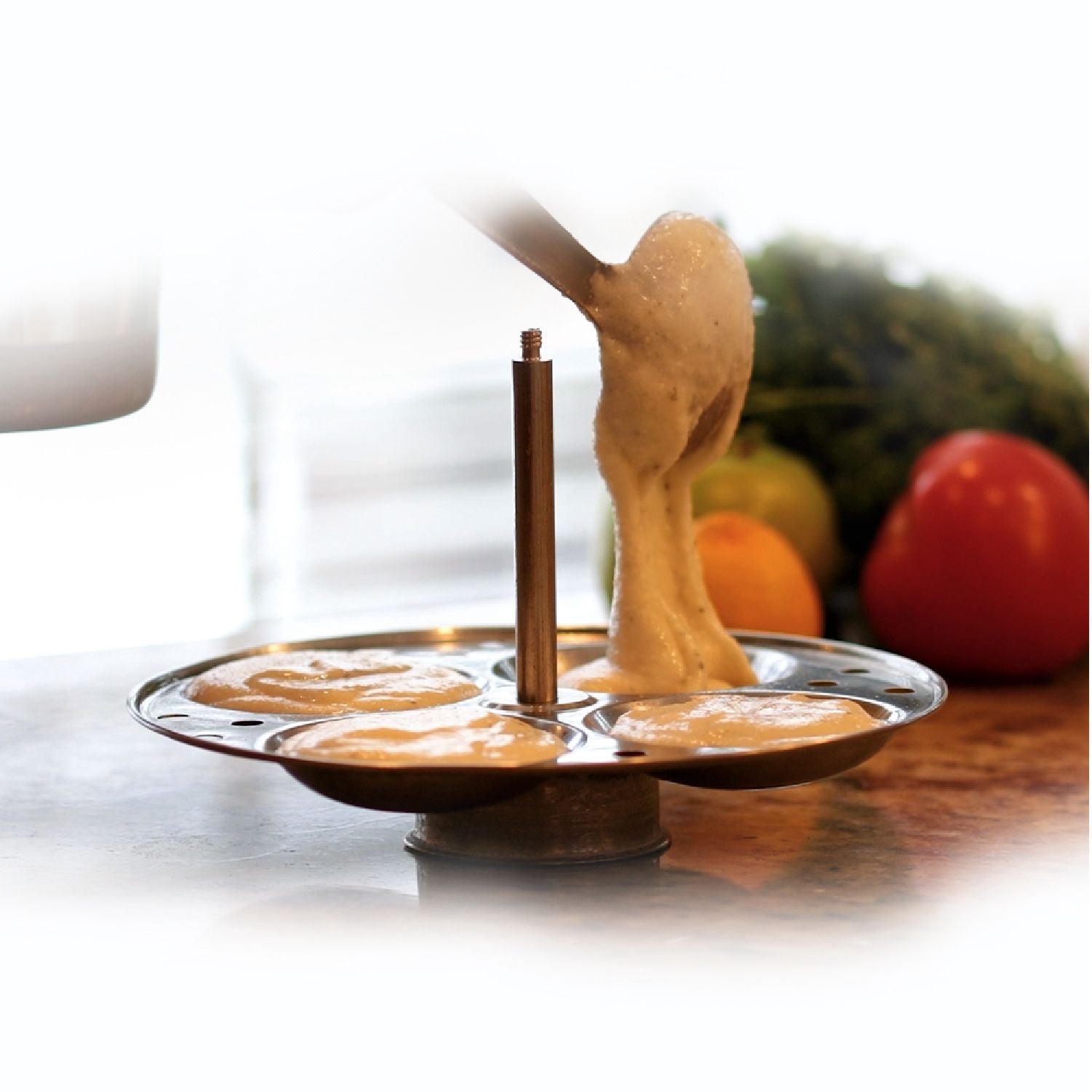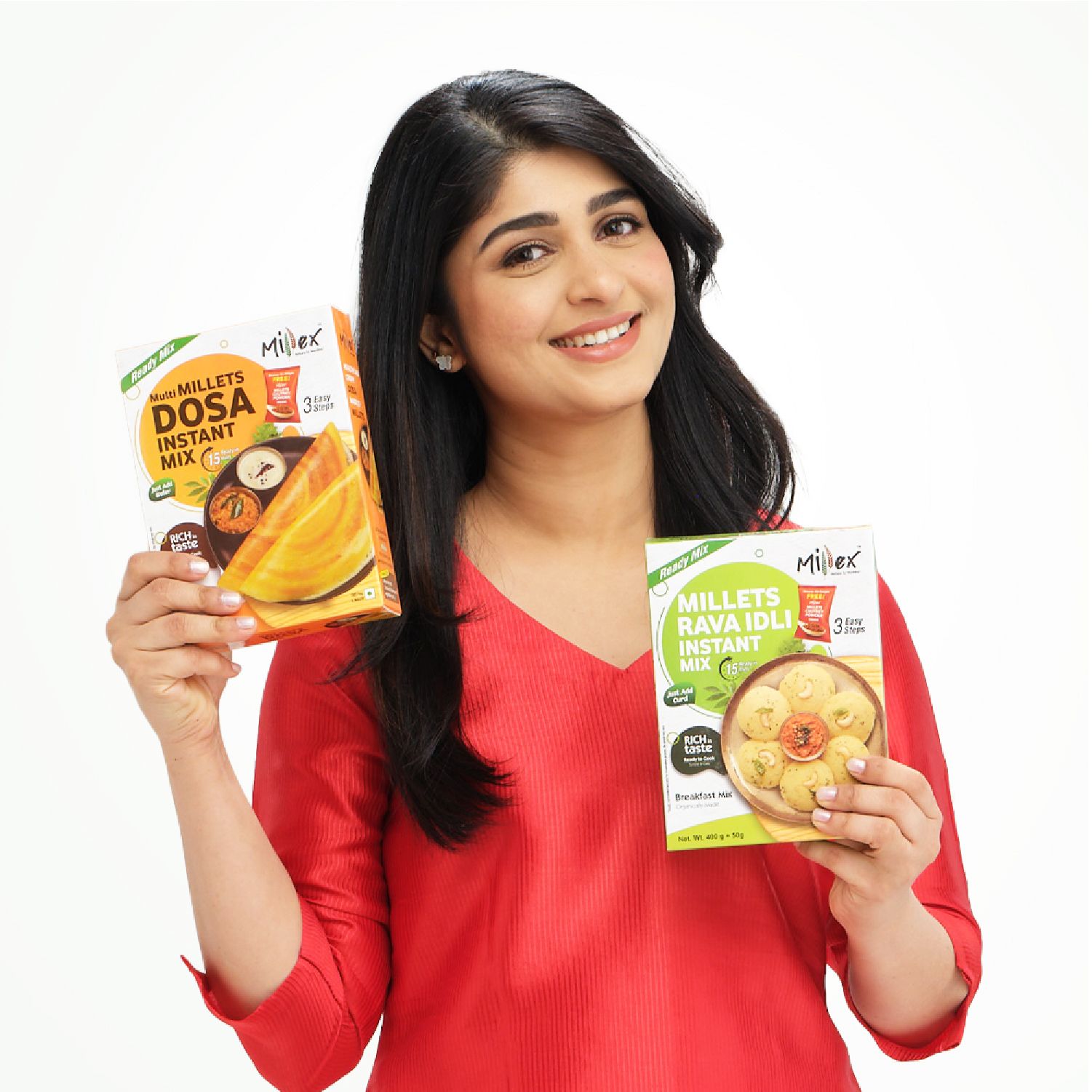In a world where diet and health are becoming important, many people are starting to explore the health benefits of different grains. Wheat has been a staple in Indian homes, Ragi vs wheat Indian dishes is a growing debate as people seek healthier, more nutritious options. Ragi is emerging as a healthy alternative in traditional Indian cuisines. But with so many grains available and the variety of Indian dishes that use them, how do you decide between Ragi and wheat?
At Millex, we believe in making healthy choices easy by offering products made from natural, nutritious ingredients. The Millex range of millet-based products including those with Ragi and other grains, represents a movement toward healthier eating and a return to traditional and wholesome foods. In this post you can explore the key differences between Ragi vs wheat in Indian dishes:
The Power of Grains in Indian Regional Cuisines
India’s rich culinary diversity reflects its varied climate, geography and culture. Grains such as wheat, rice, and millets are staples in most regions, each with its own distinctive benefits. Wheat is used for making parathas, rotis, and naan, Ragi has a long-standing history in southern India. From Ragi mudde in Karnataka to Ragi dosa in Tamil Nadu, Ragi plays an integral role in regional dishes.
In recent years, many people have become aware of the health benefits of millets and Ragi is gaining popularity due to its high nutritional content. With the rise of modern dietary challenges including gluten intolerance, diabetes and obesity, the choice between wheat and Ragi has become a major concern.
For example, those suffering from gluten intolerance struggle to find suitable substitutes for wheat in traditional Indian recipes. Ragi offers a safe, nutritious and versatile alternative for such individuals. Additionally, with Ragi's high fiber content, it can help regulate blood sugar levels which makes it beneficial for people with diabetes.
Ragi vs Wheat: A Nutritional Comparison
Ragi (Finger Millet)

BUY NOW
1.Rich in Calcium
Ragi is an excellent source of calcium which is crucial for bone health. It makes it beneficial for growing children, pregnant women and the elderly. In fact, Ragi contains more calcium than many other grains including wheat.
2.High in Fiber
Ragi have dietary fiber, which helps in digestion and promotes satiety. It also contributes to improved gut health which makes it an excellent choice for individuals looking to improve their digestive system.
3.Gluten-Free
One important advantage of Ragi is that it is naturally gluten-free which makes it a great option for individuals with gluten sensitivity or celiac disease. This feature sets Ragi apart from wheat which contains gluten, a protein that can cause issues for many people.
4.Low Glycemic Index
Ragi has a low glycemic index which makes it a better choice for people with diabetes, as it helps stabilize blood sugar levels. If you consume foods with a low GI, it can help prevent spikes in blood sugar levels. It makes Ragi a superior choice for managing diabetes compared to wheat.
5.Rich in Iron
In addition to calcium, Ragi is also rich in iron, a crucial mineral for preventing anemia. This makes Ragi valuable for individuals with iron deficiency which is common worldwide.
Wheat
1.Rich in Carbohydrates
Wheat is a good source of complex carbohydrates and it provides energy for the body. But it can lead to weight gain when consumed in excess due to its calorie density. Additionally, the refinement process for wheat removes its nutritional value and leaves starch.
2.High in Protein
Wheat contains a good amount of protein but lacks some essential amino acids. It makes wheat less nutritionally complete than Ragi. When considering the best grains for Indian food, Ragi emerges as a more nutrient-dense choice. While it is a source of essential nutrients, it doesn’t provide the variety or mineral content as Ragi.
3.Contains Gluten
Wheat contains gluten which can be problematic for people with gluten sensitivities or those looking to reduce inflammation in their body. For individuals with celiac disease or gluten intolerance, wheat can trigger unpleasant symptoms such as bloating, diarrhea and fatigue.
4.Moderate in Fiber
Wheat does provide some dietary fiber, but it doesn’t contain as much as Ragi. Refined wheat products have little to no fiber and leads to digestive issues if consumed in large amounts.
Ragi Recipes in Indian Cuisine: How Ragi Shines
Ragi is an important ingredients of traditional Indian recipes. Its versatility and nutritional profile make it a superfood in the world of Indian cuisine. Here you can see some of the examples of Ragi recipes:
- Ragi Roti
A popular dish in the Indian state of Karnataka, Ragi roti is a gluten-free alternative to wheat-based roti. Made with Millex Sprouted Ragi Masala Dosa Mix, water and a pinch of salt, this dish can be served with curries, chutneys or yogurt. It is filling and nutritious and provides the benefits of calcium, iron and fiber. As one of the most beloved Ragi recipes in Indian cuisine, it remains a traditional dish that is both timeless and health-conscious.
- Ragi Idli
Another great way to enjoy Ragi is in the form of Ragi idli. By substituting rice flour with Millex Ragi Idli Instant Mix, you get a fluffy and nutritious idli. This dish is a common breakfast in Tamil Nadu and Karnataka and is paired with coconut chutney or sambar.
- Ragi Porridge
Ragi porridge is also known as Ragi malt, a favorite health drink for infants, growing children and the elderly. By boiling Millex Ragi Idli Instant Mix with water or milk and sweetening it with jaggery, Ragi porridge becomes a nutrient-packed meal. It is easy to digest and is a great way to nourish the body from the inside out. For busy parents and individuals, Ragi porridge offers a quick, healthy and tasty alternative.
- Ragi Dosa
Ragi dosa is a fantastic alternative to the traditional rice dosa. Made from Millex Sprouted Ragi Masala Dosa Mix, this dish is perfect for breakfast and offers a crispy and soft texture. It is paired with sambar or chutney which makes it a healthy and delicious start to the day. Millex Sprouted Ragi Masala Dosa Mix is an easy-to-use product that brings the health benefits of Ragi to your plate in minutes.
Wheat in Indian Regional Dishes
Wheat, commonly available and versatile, is used in Indian cuisine. Here you can see some of the well-known wheat-based dishes include:
Chapati
A simple flatbread made with wheat flour, it is a staple in most homes in the northern India.
Naan
A flatbread cooked in a tandoor, naan is made with refined wheat flour and is a favorite at Indian restaurants.
Paratha
A stuffed flatbread made from wheat flour and it is filled with vegetables or meats.
Wheat plays an important role in Indian cooking, it can sometimes cause digestive issues for those with gluten intolerance. Additionally, wheat-based dishes tend to be heavy which might not be ideal for individuals looking for lighter and nutritious meals.
Best Grains for Indian Food: Which to Choose?
Both Ragi and wheat have their unique roles in Indian cuisine Ragi vs Wheat discussions. In terms of nutritional value, Ragi clearly has the upper hand for people seeking gluten-free and nutrient-dense options. It is rich in calcium, iron and fiber while being low on the glycemic index. For those with digestive concerns or diabetes, Ragi for traditional recipes might be the healthier option to consider.
On the other hand, wheat is more convenient and widely available which makes it the go-to choice for most people. It works well in various dishes such as parathas, breads, naans and more but it might not be suitable for people with gluten sensitivities or those looking to reduce their carbohydrate intake.
Get Healthy with Millex: Discover the Power of Ragi & Millet in Every Bite!

BUY NOW
When it comes to making healthier food choices, choose Millex for premium, gluten-free and nutrient-dense Ragi and other millet-based products. In a world that’s turning towards more mindful eating habits, Ragi’s numerous health benefits make it the perfect alternative to wheat. Whether you are managing diabetes or seeking a more balanced diet, Millex’s range of products such as Ragi idly instant mix, multi millet dosa instant mix and more are free from artificial additives. It also provides a tasty and nutritious solution.
Our offerings are rich in vitamins, minerals and fiber which makes them ideal for a variety of dishes from breakfast to snacks to traditional Indian meals. Ragi for traditional recipes adds a healthy twist to age-old favorites. With the convenience of 1-day delivery, you can receive your healthy Ragi and millet products quickly. Order from Millex today and enjoy healthier and delicious meals in no time.






